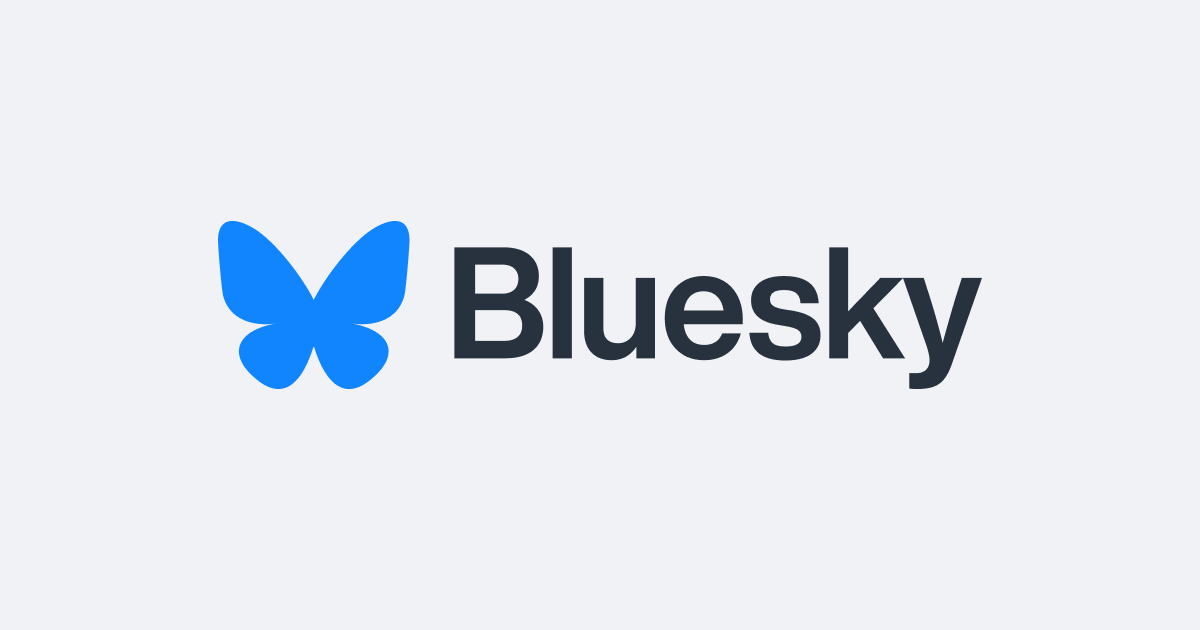cross-posted from: https://discuss.online/post/5484255
February 22, 2024 Bluesky writes:
Up until now, every user on the network used a Bluesky PDS (Personal Data Server) to host their data. We’ve already federated our own data hosting on the backend, both to help operationally scale our service, and to prove out the technical underpinnings of an openly federated network. But today we’re opening up federation for anyone else to begin connecting with the network.
The PDS, in many ways, fulfills a simple role: it hosts your account and gives you the ability to log in, it holds the signing keys for your data, and it keeps your data online and highly available. Unlike a Mastodon instance, it does not need to function as a full-fledged social media service. We wanted to make atproto data hosting—like web hosting—into a fairly simple commoditized service. The PDS’s role has been limited in scope to achieve this goal. By limiting the scope, the role of a PDS in maintaining an open and fluid data network has become all the more powerful.
We’ve packaged the PDS into a friendly distribution with an installer script that handles much of the complexity of setting up a PDS. After you set up your PDS and join the PDS Admins Discord to submit a request for your PDS to be added to the network, your PDS’s data will get routed to other services in the network (like feed generators and the Bluesky Appview) through our Relay, the firehose provider. Check out our Federation Overview for more information on how data flows through the atproto network.



What you note about the crawler appears to be essentially by design:
In their section on so-called “Big World” design:
Emphasis mine.